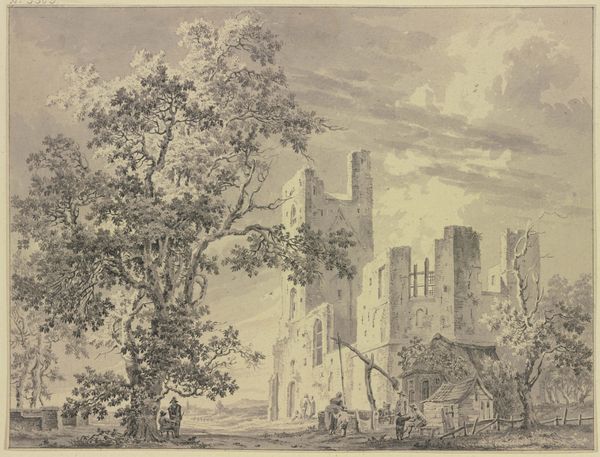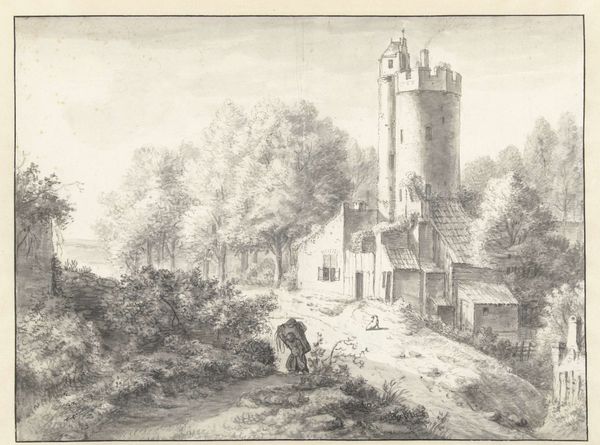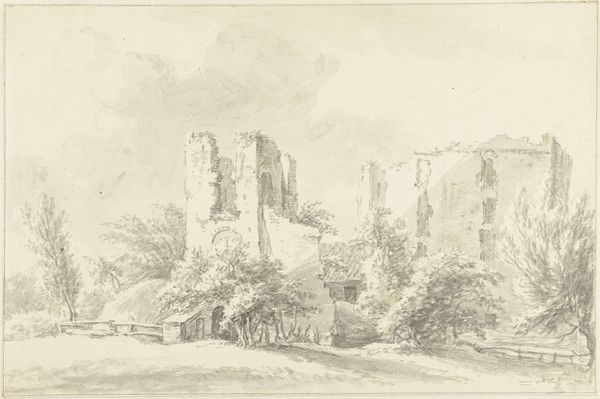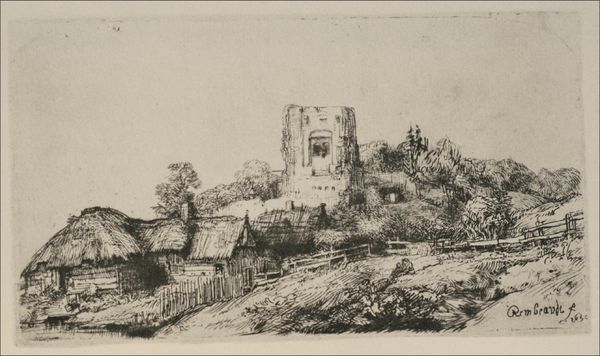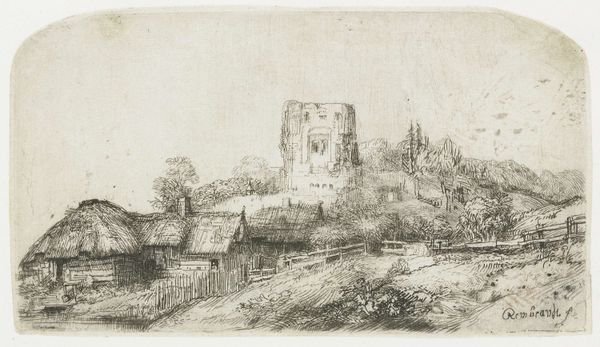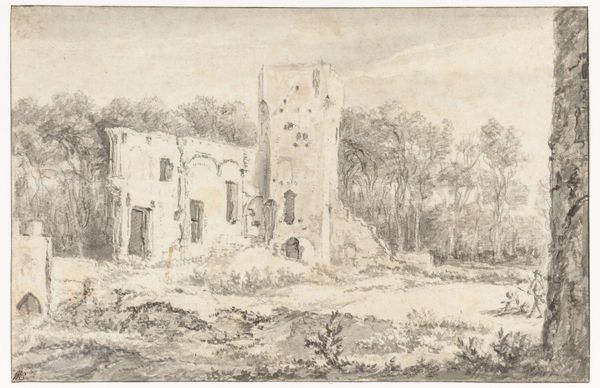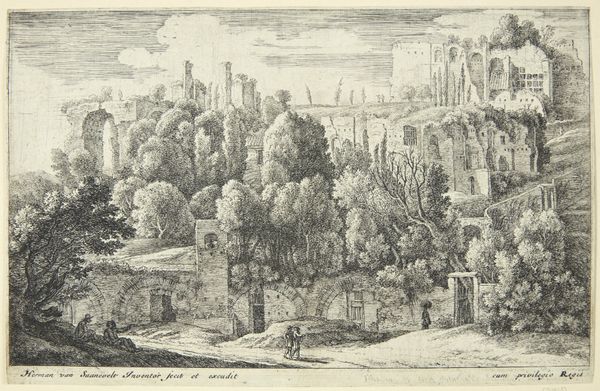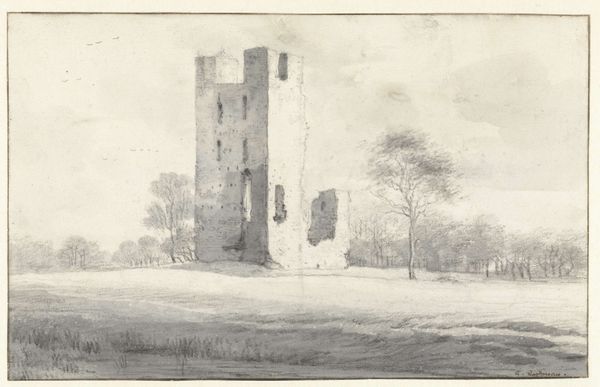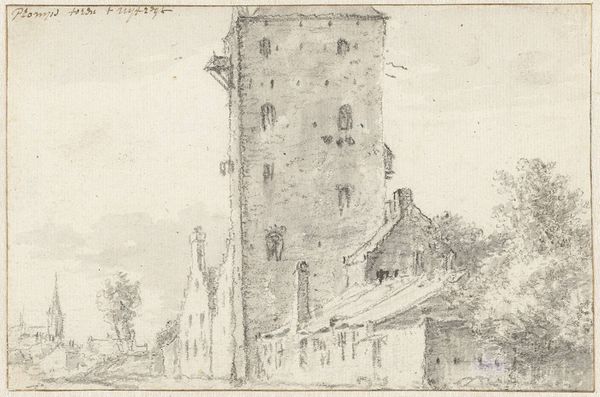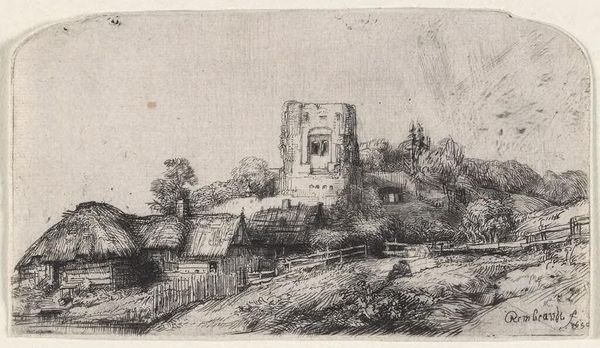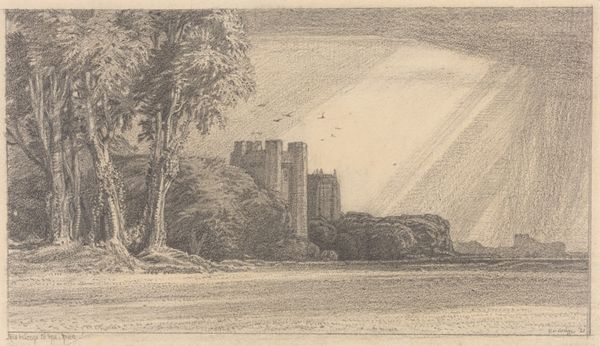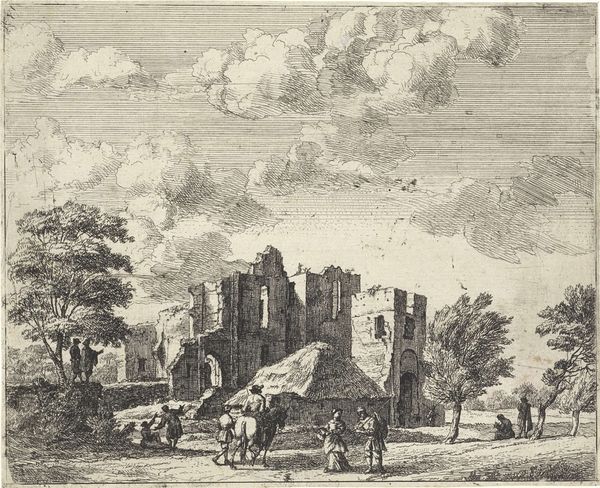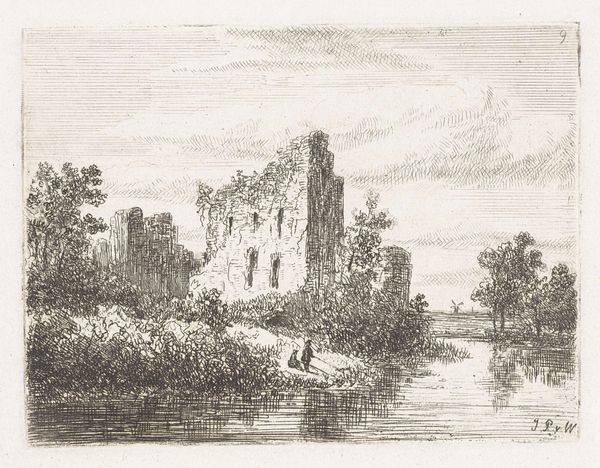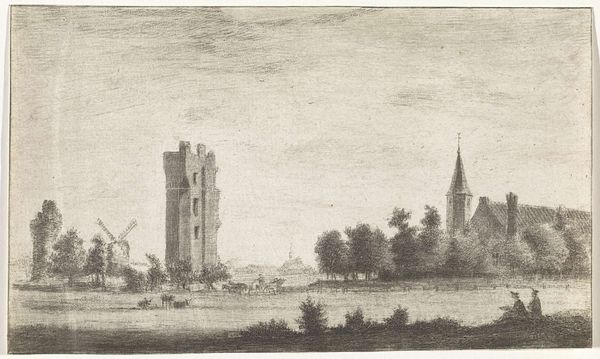
drawing, print, etching, pencil
#
drawing
#
medieval
# print
#
pen sketch
#
etching
#
pencil sketch
#
landscape
#
form
#
geometric
#
pencil
#
line
#
cityscape
Dimensions: overall: 16 x 25.4 cm (6 5/16 x 10 in.)
Copyright: National Gallery of Art: CC0 1.0
Curator: Muirhead Bone's print, "The Walls of Wisby, Gotland," showcases a fascinating cityscape with enduring medieval architecture. The etching employs delicate lines and tones to portray the Swedish island’s fortifications. Editor: My first impression is a palpable sense of timelessness. There's something hauntingly beautiful about these silent, stone sentinels watching over the sea, prompting me to consider the passage of time, how landscape and people intertwine... Curator: Exactly. As a print, it also encourages one to reflect on its method of creation. The medium, in this case etching, involved manual processes requiring technical mastery, with each line a testament to craft. What about that intrigues you? Editor: What strikes me is the narrative. Medieval walls didn't just represent protection; they signaled societal hierarchies. The ruling class, sheltered within stone, versus the peasantry outside, vulnerable and exposed to elements. Considering Gotland's complex trading history and various power struggles really informs my viewing experience. Curator: It makes me appreciate how the choice of such enduring architecture and linear aesthetic in this print emphasizes these socio-economic aspects. Editor: Yes. Furthermore, this choice has strong connection with the aesthetics of "ruin value," how structures from older times create beauty within modern perception... The walls of Wisby have transformed from functional defenses into striking historic scenery Curator: Certainly! These architectural remnants also remind us that our constructed world leaves palpable impacts on nature and vice-versa... And the consumption of such prints like this further expands upon the conversation surrounding labour and access to resources. Editor: Perhaps that's why, to me, Bone's cityscape invites discourse beyond art history. It brings historical socio-political ideas into the contemporary landscape and raises essential questions. It invites conversation about protection and belonging within these artificial limits. Curator: Very well put. Thank you! I find myself even more appreciative of how material can reveal larger narratives around social history when looking at "The Walls of Wisby". Editor: And for me, it's a potent reminder of how seemingly inert walls speak volumes about us as humanity.
Comments
No comments
Be the first to comment and join the conversation on the ultimate creative platform.
